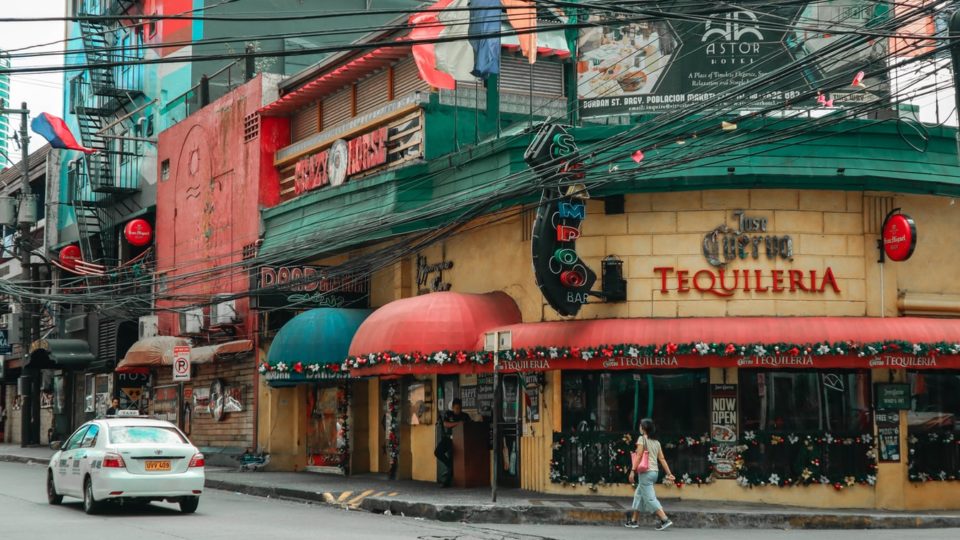Philippine restaurants’ dine-in capacities will be increased to 50% in general community quarantine (GCQ) areas and 75% in modified GCQ areas starting Tuesday next week, the Department of Trade and Industry (DTI) announced today.
“‘The 30% operating capacity of dine-in restaurants will be adjusted to 50% in GCQ areas on July 21. In modified GCQ, it will be [increased] from 50% to 75%,” Trade Secretary Ramon Lopez said in a press briefing.
Lopez attributed the loosened measures to a large majority of restaurants following strict DTI health protocols, and made the decision despite the country’s mounting COVID-19 cases. Dining at restaurants has been allowed in areas under GCQ and modified GCQ since June.
“Our compliance rate is very good. Our [satisfactory] range is about 92% to 100%,” he said.
“We monitor about 400 establishments every day…standard protocols that we check for include wearing face masks, are the waiters wearing masks and taking [diners’] temperatures? Do they have sanitation equipment and dividers at their tables? etc. These things are all being monitored and we found that they had good compliance rate,” Lopez added.
Secretary Lopez said the move is also part of a wider scheme to gradually reopen the country’s economy, to increase services, and allow Filipino workers to earn more amid the pandemic.
Aside from the increased diner capacity, Lopez also appealed to local governments to extend curfew hours in their respective jurisdictions so that restaurants can have better customer turnouts.
“We enjoin local government units to allow the extension of curfews. Instead of 10pm, let’s make it 12 [midnight] so that restaurants can operate from 10pm to 11pm. That’s our maximum operating hours,” he said.
Read: PH Health Dep’t fails to report daily COVID-19 cases due to ‘significant volume of data’
Meanwhile, despite lofty plans to reopen the economy, the country’s confirmed COVID-19 cases continue to spike.
In fact, the Department of Health yesterday recorded the Philippines’ biggest single-day jump in coronavirus deaths, which also happens to be the highest fatality increase in Southeast Asia to date. Health Secretary Maria Rosario Vergeire warned that unless Filipinos learn to modify their habits, there will be a continued increase of COVID-19 cases and deaths.
“If people don’t make it harder for the virus to spread, no amount of testing, tracing, and isolation will save us. If we don’t change our behavior, even if we have a lot [of resources for] testing and are able to trace all contacts, the number of infections will still rise,” Vergeire said yesterday.
To date, the Philippines has 57,006 confirmed COVID-19 cases, with 1,599 deaths and 20,371 recoveries.




